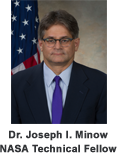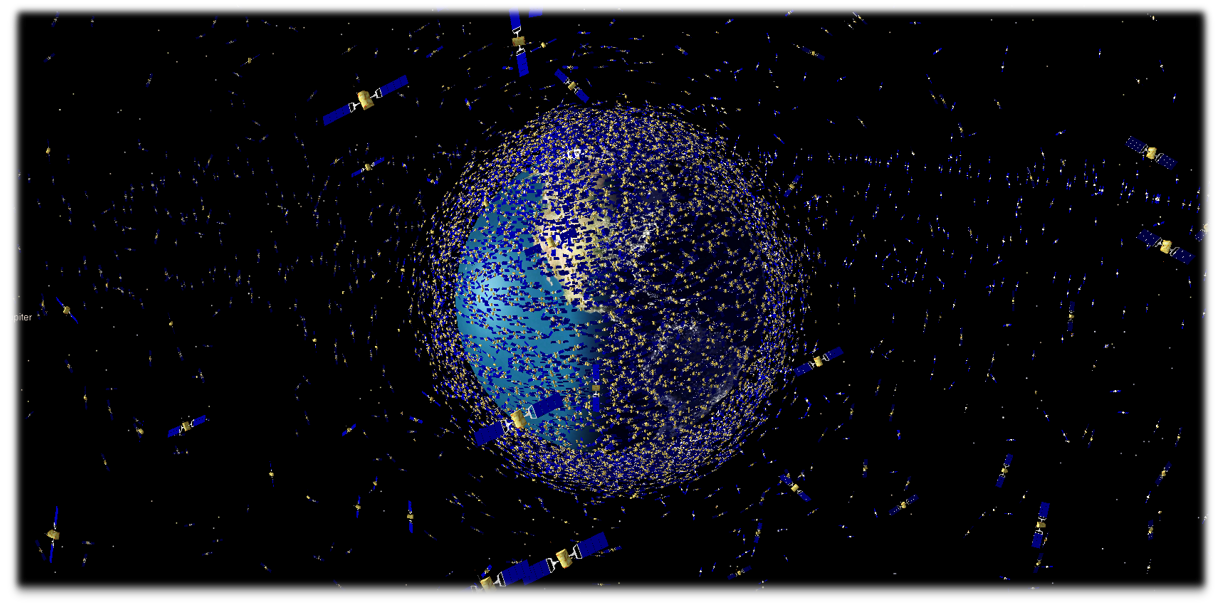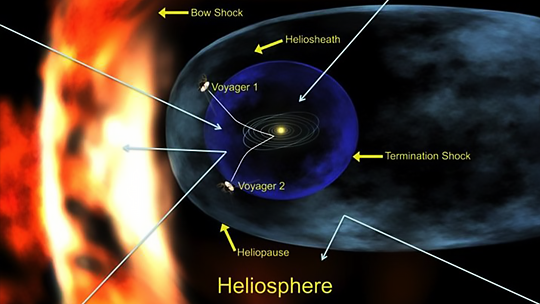Space Environments
4
The Space Environments catalog features lessons covering all aspects of the causes, mitigations, and effects of space radiation as a natural environmental effect. Examples of relevant disciplines include (but are not limited to): radiation effects on humans; understanding, modeling, and forecasting the space environment and radiation [space weather]; space environments and radiation effects on components [e.g., design, shielding, operation]; and space environments and radiation effects on space vehicle systems [e.g., avionics, navigation, communications].
Upcoming Webcasts
TBD
Checking for webcasts...
(MOWG) NASA Robotic CARA Probability of Collision
| Presenter | Megan Johnson |
|---|---|
| Published | July 2019 |
| Recorded | February 2019 |
| Duration | 42:46 |
| Tags | #Intermediate, .Operations |
(MOWG) NASA Robotic CARA Satellite State Estimate Covariance
| Presenter | Megan Johnson |
|---|---|
| Published | July 2019 |
| Recorded | February 2019 |
| Duration | 41:40 |
| Tags | #Intermediate, .Operations |
Enabling a Safe and Sustainable Commercial Space Economy
| Presenter | Dr. Piyush Mehta |
|---|---|
| Published | April 2024 |
| Recorded | April 2024 |
| Duration | 01:02:42 |
| Tags | None |
About the Speaker: <br>Dr. Mehta is an Assistant Professor of Space Systems in the Department of Mechanical and Aerospace Engineering at West Virginia University with research interests in orbital/satellite drag in space situational awareness and atmospheric reentry. Space debris remains a persistent threat to assets and humans in space. The proliferation of low Earth orbit (LEO) with replenishable small satellite megaconstellations driven by commercial interests has further stressed Space Situational Awareness (SSA) and put focus on space traffic management (STM). While the trackable debris catalog has grown significantly over the last decade, lethal non-trackable (LNT) debris smaller than the order of centimeters in size remains a challenge as they fall below the detection and tracking capability of most ground-based sensors. In addition to catalog maintenance under SSA, STM has put focus on enhanced and concerted space operations that includes conjunction assessment and collision avoidance. The US Space Policy Directive-3, National STM Policy has emphasized the necessity “to make significant contributions to establish a quality threshold for actionable collision avoidance warning to minimize false alarms”. Accurate calculation of Probability of Collision (PoC) for confident decision-making require realistic covariance information since maneuvers are expensive (personnel cost, science data or commercial service outage, fuel costs). The continued LEO proliferation will overwhelm the operators who are likely to receive multiple collision warning messages a day. West Virginia University is leading two high-profile projects supported by Intelligence Advanced Research Projects Activity (IARPA) and Office of Space Commerce (OSC) targeted at addressing the challenge of LNT debris and enhancing LEO operations, respectively, critical for a safe and sustainable space economy and environment. The talk will provide an overview of the projects and a summary of the technical advances.
- None
Space Radiation Environments
| Presenter | Dr. Steven Koontz |
|---|---|
| Published | February 2018 |
| Recorded | February 2018 |
| Duration | 01:31:56 |
| Tags | #Fundamental, .Environments |
Disciplines: Environmental Control/Life Support, Space Environments<br>US Spacesuit Knowledge Capture - Recorded June 29, 2017<br><br>The spaceflight ionizing radiation (IR) environment is dominated by very high-kinetic energy-charged particles with relatively smaller contributions from X-rays and gamma rays. The Earth’s surface IR environment is not dominated by the natural radioisotope decay processes. Dr. Steven Koontz’s lecture will provide a solid foundation in the basic engineering physics of space radiation environments, beginning with the space radiation environment on the International Space Station and moving outward through the Van Allen belts to cislunar space. The benefits and limitations of radiation shielding materials will also be summarized.
- Slides
- Confirmation of Attendance
- Dr. Steven Koontz's Biography
- ͏
- NASA U.S. Spacesuit Knowledge Capture Website
- U.S. Spacesuit Knowledge Capture Program Catalog
- Environmental Control/Life Support Catalog
- Environmental Control/Life Support Community of Practice (NASA Internal Networks Only)
- Space Environments Catalog
- Space Radiation Environments Community of Practice (NASA Internal Networks Only)
- ͏
- Feedback
/


